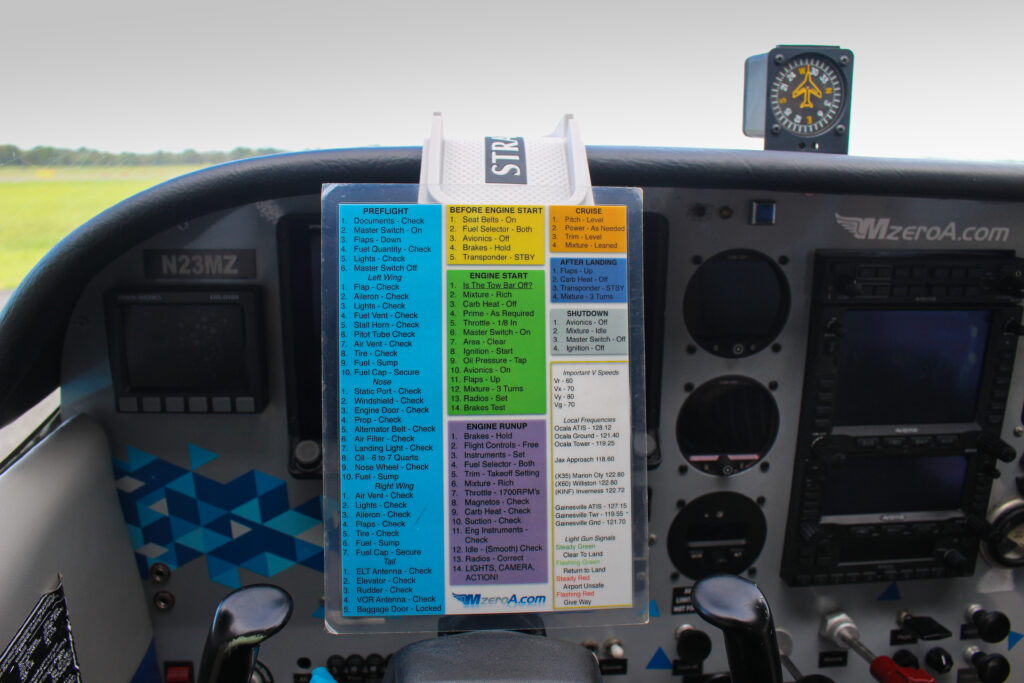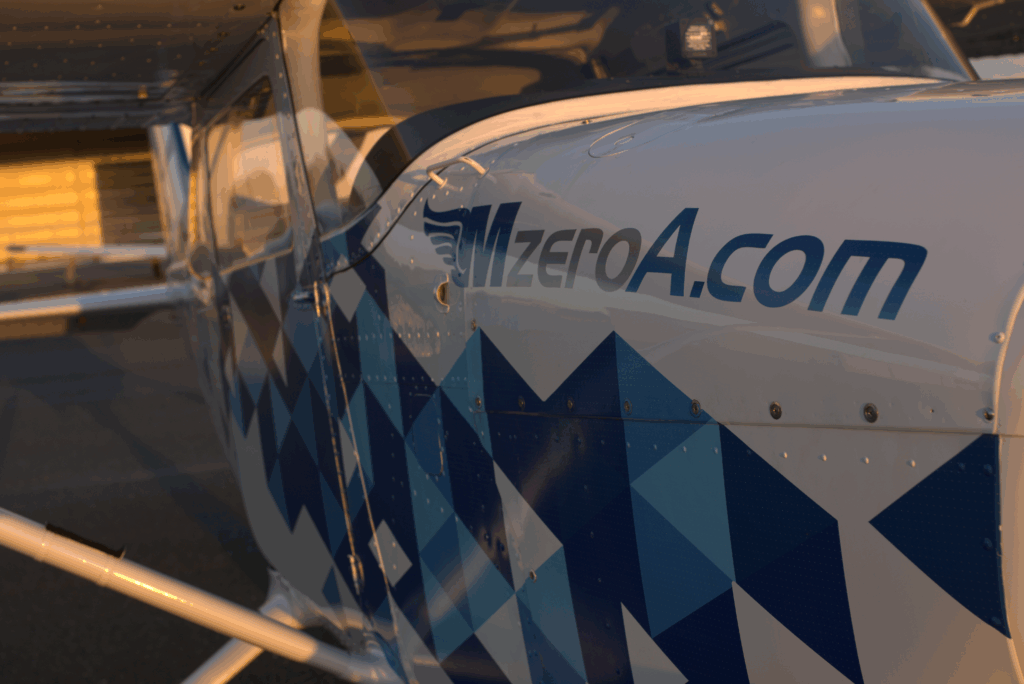When it comes to aviation safety, there’s no such thing as being too thorough. One of the most important safety tools it’s a pilot’s set of resources in the preflight checklist. Mandated by the Federal Aviation Administration (FAA), this crucial procedure helps ensure that both pilot and aircraft are fully prepared for takeoff. Whether you’re a student pilot in training, or an aviation enthusiast, understanding and using a preflight checklist is essential to safe and successful flight operations.
MzeroA Online Ground School teaches pilots to think safety first. This blog helps detail why preflight checklists are so important, what they include, and how to use one effectively prior to your flight.
What is a Preflight Checklist?
A preflight checklist is a structured set of procedures that pilots follow before every flight. Its purpose is to confirm that the aircraft is airworthy and that all necessary systems and documentation are in order. From inspecting the fuel system to reviewing weather conditions, this checklist covers both the mechanical and planning aspect of a safe flight.

Why Every Pilot Must Use a Preflight Checklist
A Preflight checklist significantly reduces the risk of human error. It ensures that all critical steps are addressed systematically – from flight deck inspections to control surface checks. This helps identify any mechanical or technical issue before takeoff.
The FAA requires pilots to use a written checklist during flight operations. While checklists may look different for specific aircraft or flight environments, it must align with the aircraft’s Pilot Operating Handbook (POH) or Airplane Flight Manual (AFM). Pilots who complete thorough preflight checks are prepared to manage in-flight emergencies. Identifying and evaluating potential risks on the ground provides a mental map of how to respond when seconds count.
Key Components of a Preflight Checklist
Here’s a breakdown of the most essential elements of preflight checks that are covered in different courses MzeroA Online Ground School offers.
Engine and System Check
- Fuel quantity and quality
- Oil level and conditions
- Battery and electrical systems
- Ignition and magnetos
- Propeller condition
- Exhaust and cooling systems
Identifying issues here ensures mechanical integrity and reduces the risk of engine failure in flight.
Aircraft Configuration
- Flight controls and trim
- Flaps, slats, and landing gear
- Pitot-static system
- Avionics and instrument checks
- Weight and balance confirmation
- Fuel load and distribution
Proper configuration supports safe and efficient flight performance during all phases.
Safety and Security
- Doors and control locks
- Seatbelts and emergency gear
- Fire extinguishers, oxygen masks
- Transponder and radio checks
- Documentation (airworthiness certificate, registration, logs)
These checks not only ensure operational safety but also prevent unauthorized access and in-flight vulnerabilities.
Flight Planning and Conditions
- Weather briefing: Departure, en route and arrival
- NOTAMs: Runway closures, temporary flight restrictions
- Alternate airports and route planning
- Fuel planning: Enough reserves for unexpected delay
Preflight checklists are required by the Federal Aviation Administration. According to the FAA’s practical test standards, pilots must use a written preflight checklist. This requirement ensures consistency, discipline, and upholds safety standards.

Start a Free Two-Week Trial at MzeroA
MzeroA Online Ground School teaches more than just how to fly, we teach you why you fly the way you do. Our ground school provides pilots the knowledge, tools, and mindset to make safety a habit, not just a requirement. Mastering the preflight checklist is just one part of that training. Whether you’re working toward your private pilot certificate or pursuing other ratings, our curriculum gives you the confidence to fly smart and stay safe. After all … a good pilot is always learning. Are you ready to start your free 14-day free trial? Visit https://mzeroatrial.com/ for more information.
